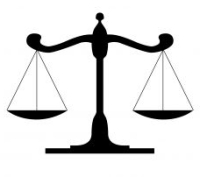A Tale of Three States, Part 4: The Racial Threat Hypothesis
In the previous post in this series, I highlighted a wide gap in the incarceration rates of Indiana and Minnesota, with Wisconsin in the middle. The ordering of the three states from highest incarceration rate to lowest corresponds with the ordering from highest rate of violent crime to lowest. However, for reasons I explained in the previous post, I don’t think we ought to end our analysis with the simple assertion that high crime drives high incarceration. For one thing, there is Minnesota: with a crime rate only a little lower than Wisconsin’s, Minnesota has an incarceration rate that is much lower. There must be other factors at play besides just the crime rate to account for Minnesota’s incarceration rate. For another, to focus on the crime-incarceration connection begs the question of what drives the very different crime rates of the three states.
In this post, I’ll explore another possible way of accounting for differences in the three states’ incarceration rates, the racial threat hypothesis. The basic idea is this: a larger racial minority population causes the majority to feel more threatened by the minority and consequently to prefer to stronger social control measures.
Here are the relevant numbers from Indiana, Wisconsin, and Minnesota:
|
IN |
WI |
MN |
|
|
Black Population (2010) |
591,397 |
359,148 |
274,412 |
|
Blacks as Percentage of Total Population (2010) |
9.1% |
6.3% |
5.2% |
|
Imprisonment Rate (2010, per 100,000) |
459.9 |
387.2 |
177.8 |
As you can see, the incarceration-rate order tracks the order based on the size of the each state’s black population.

